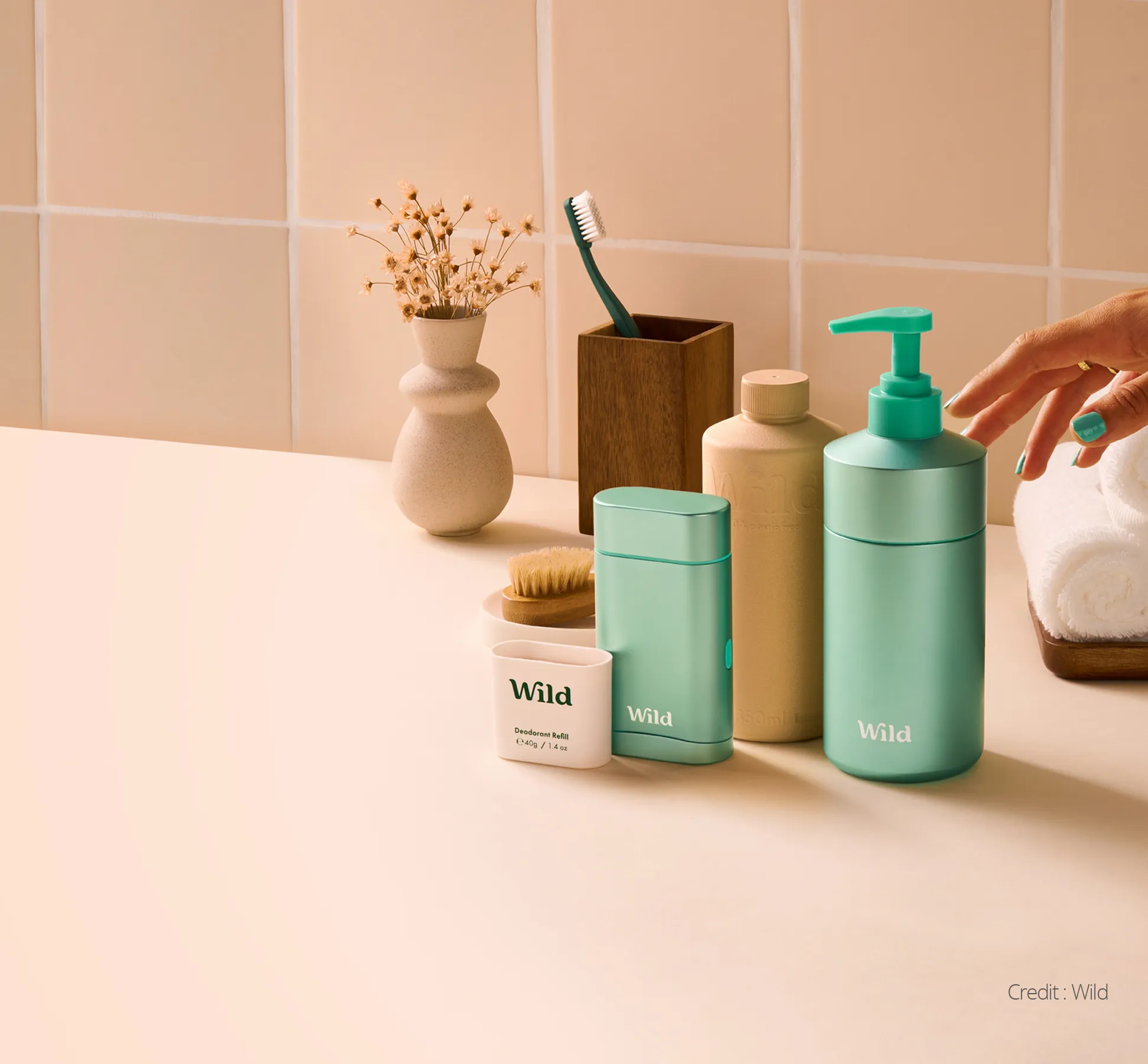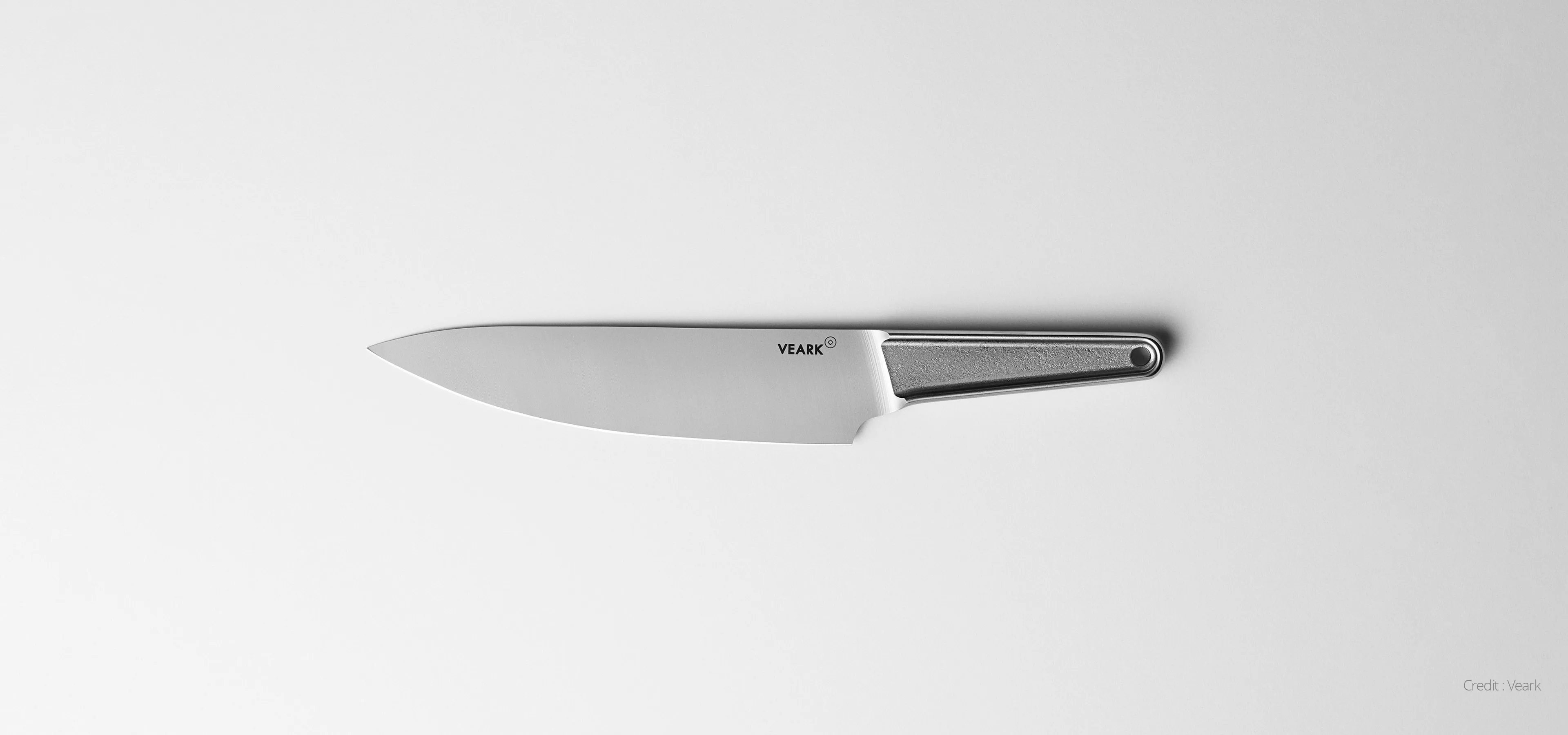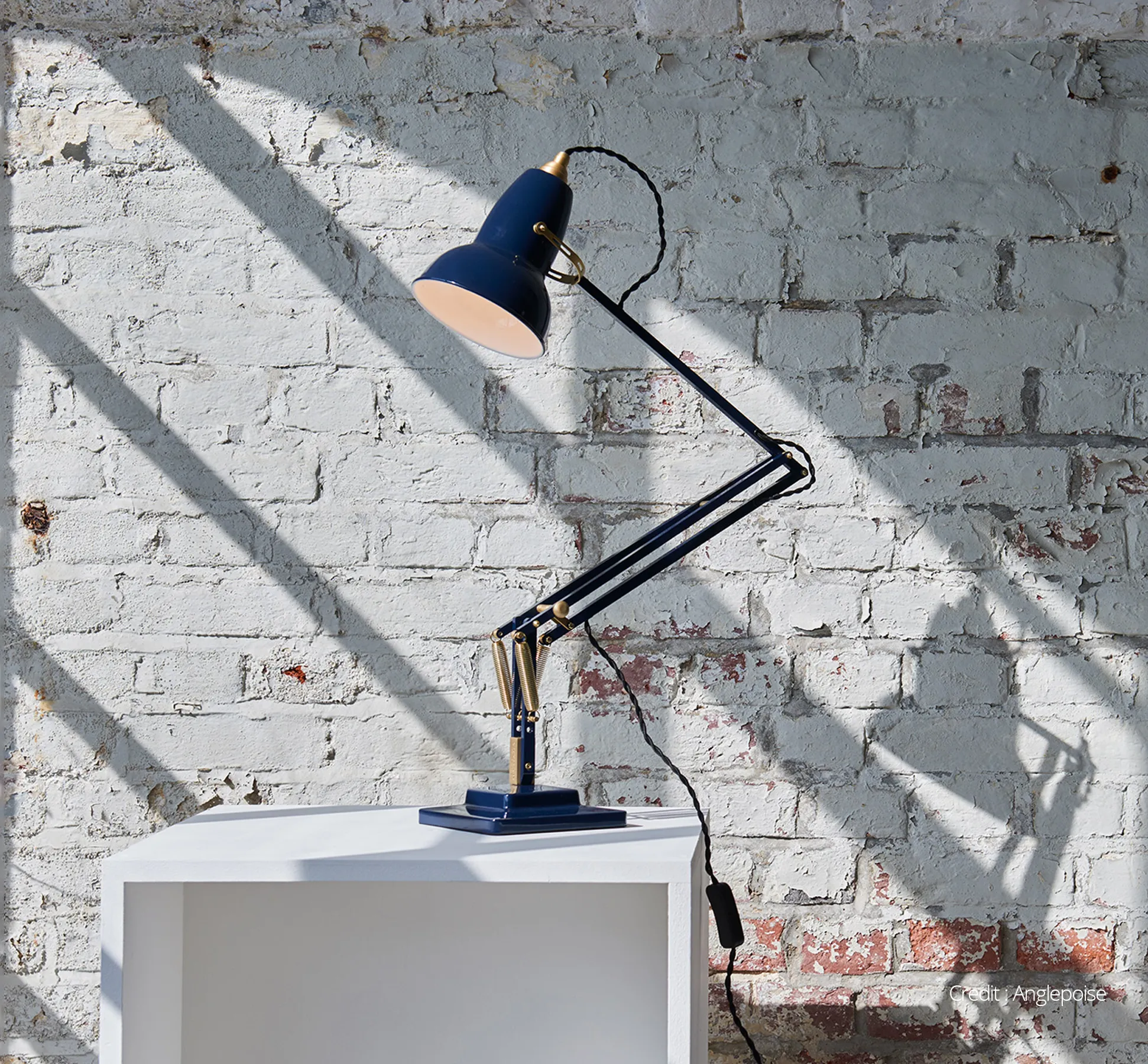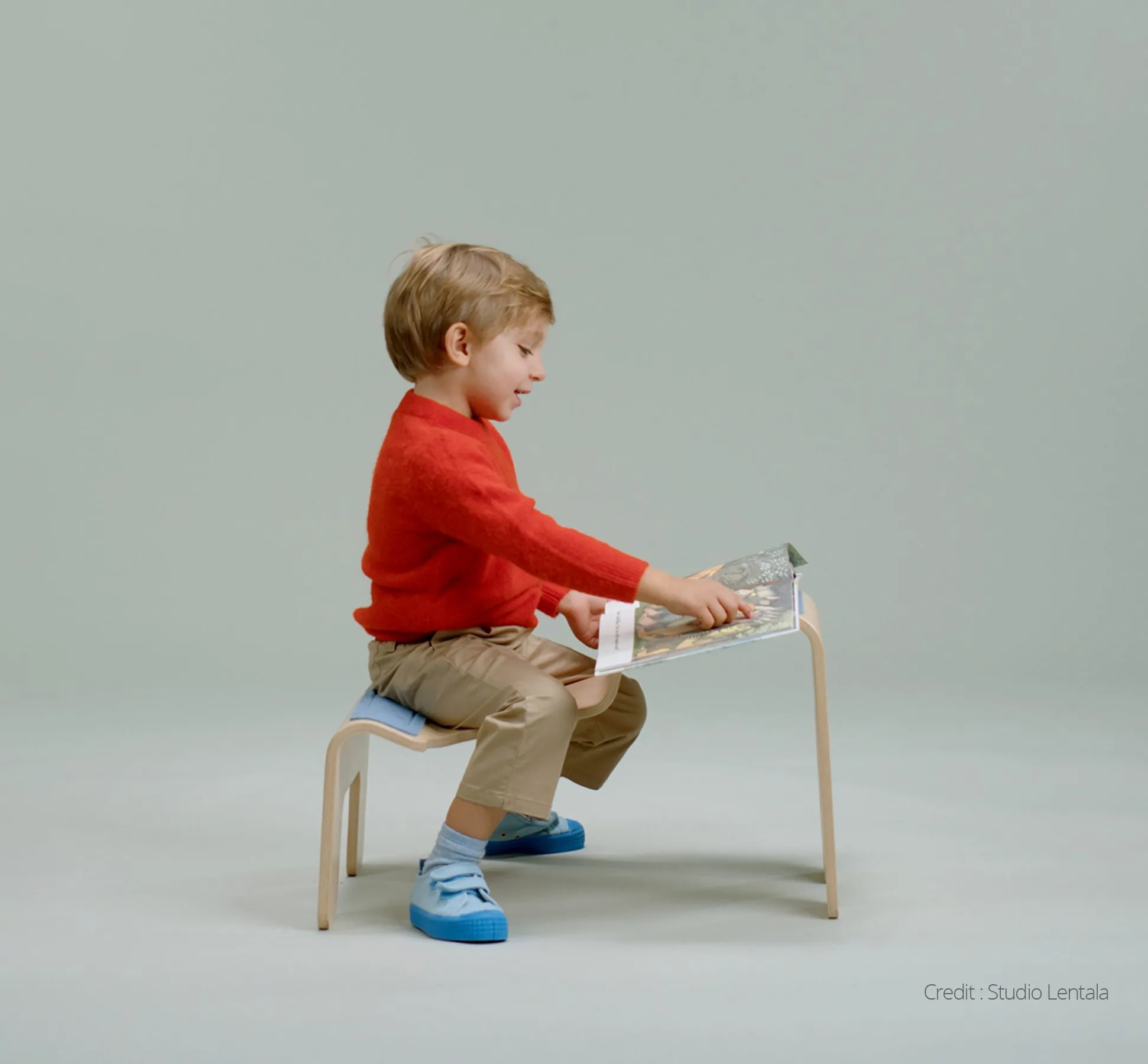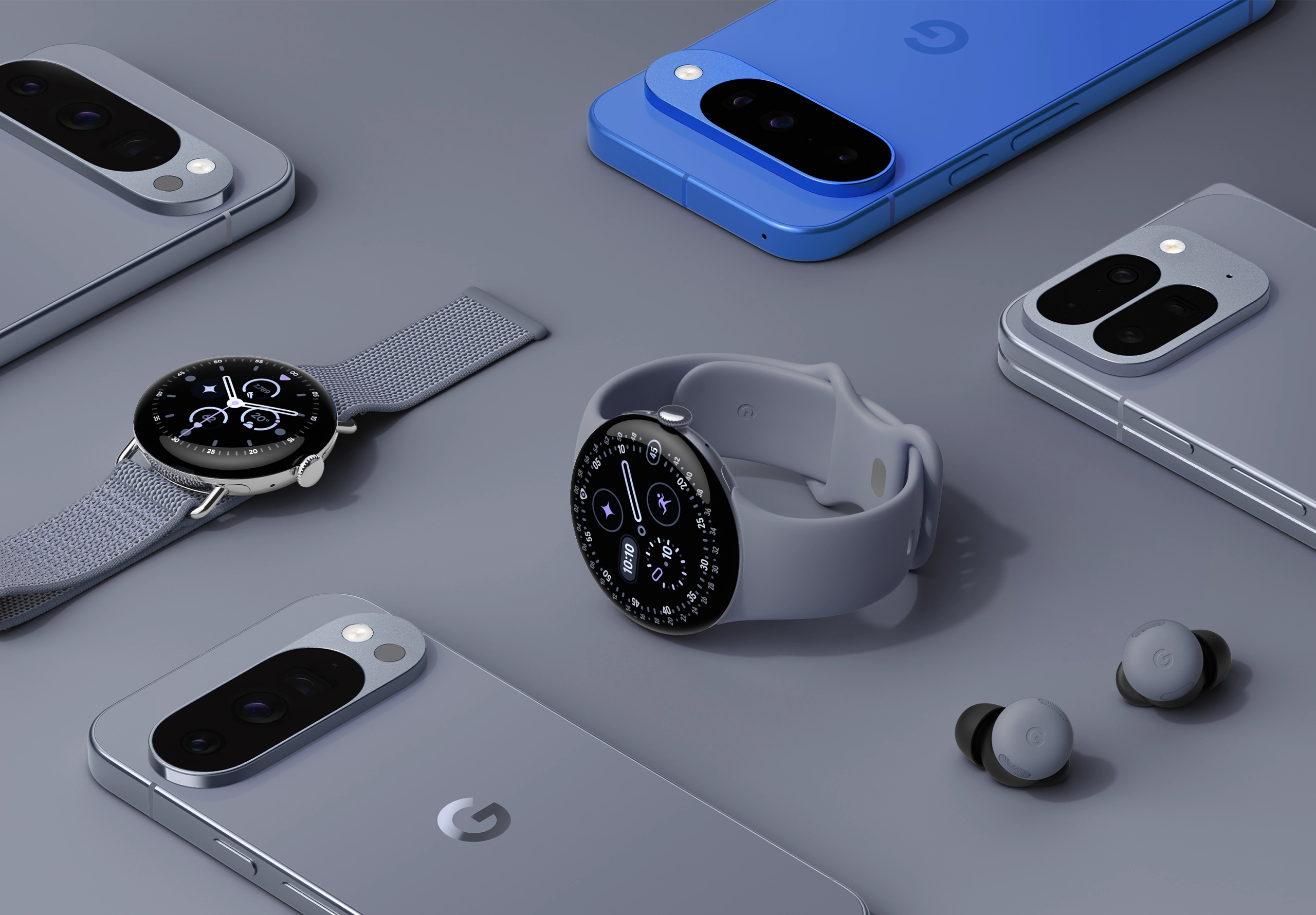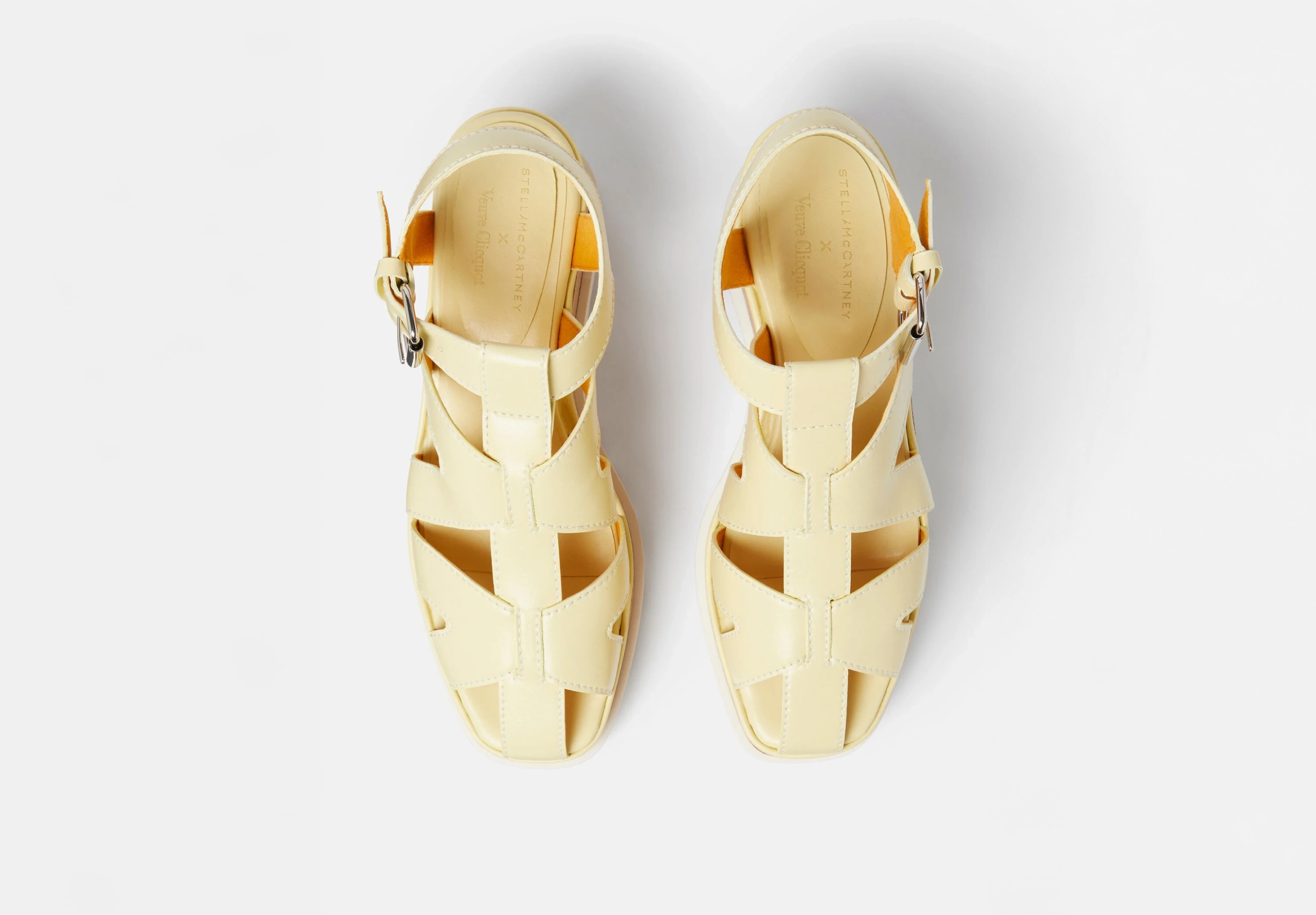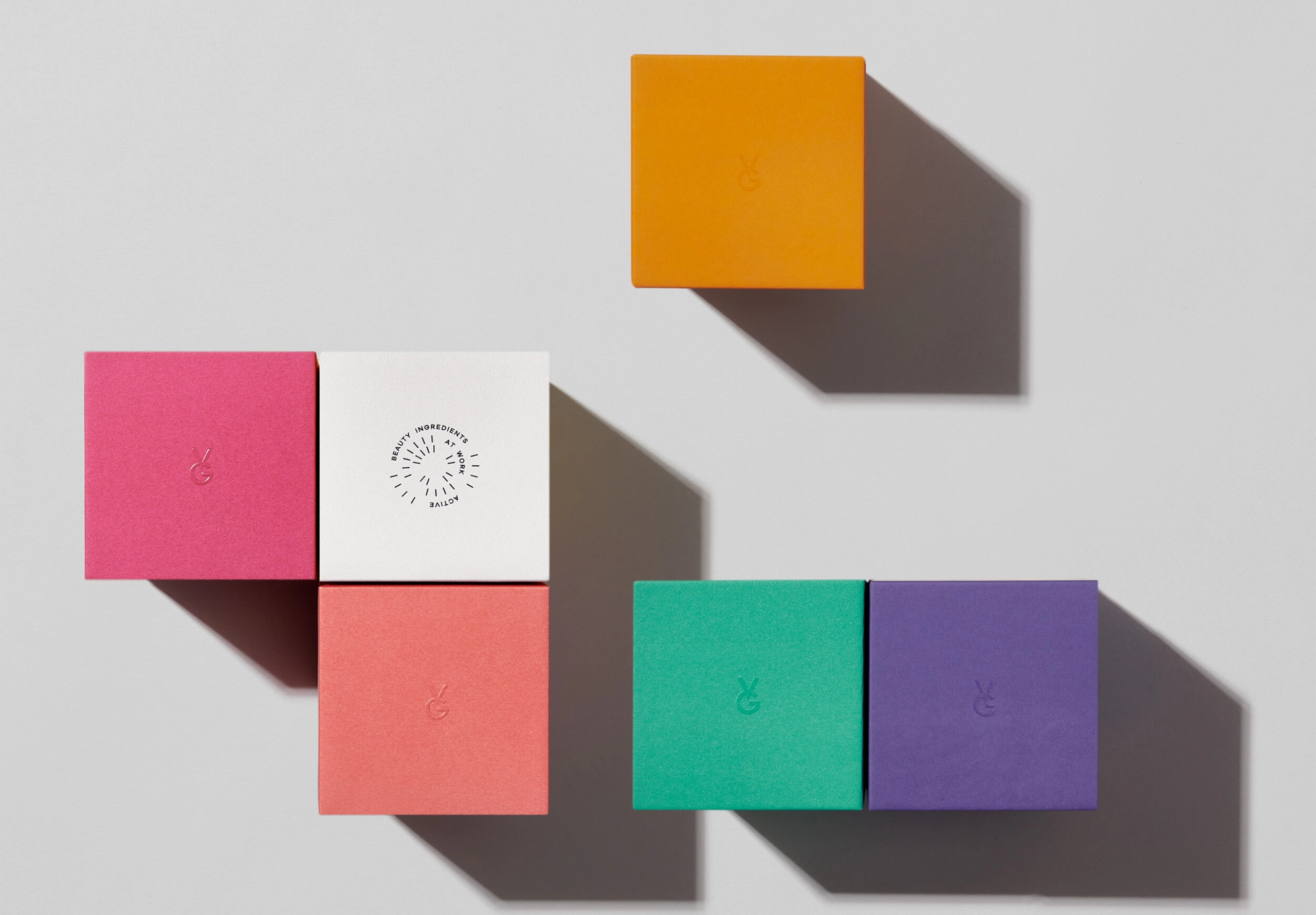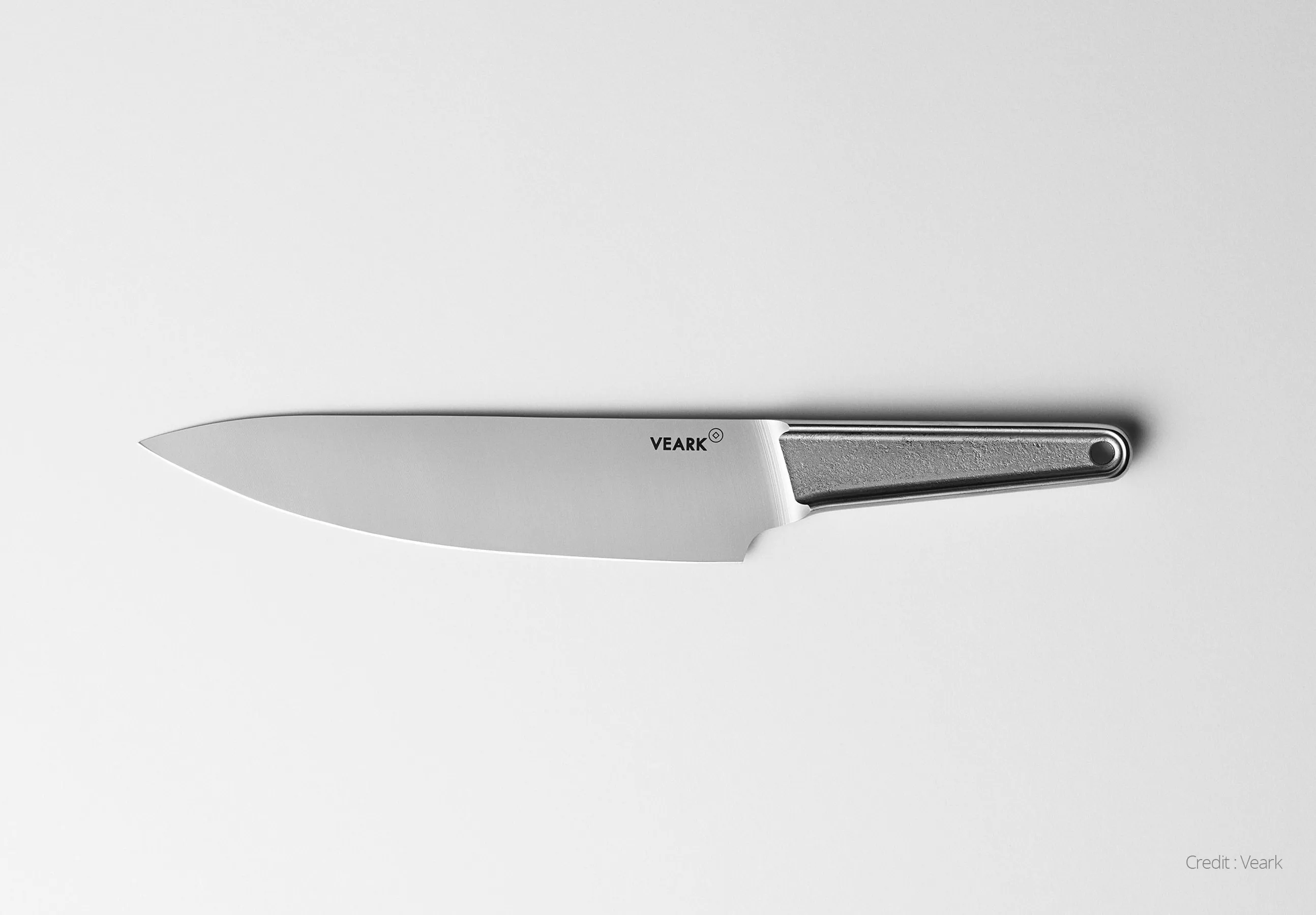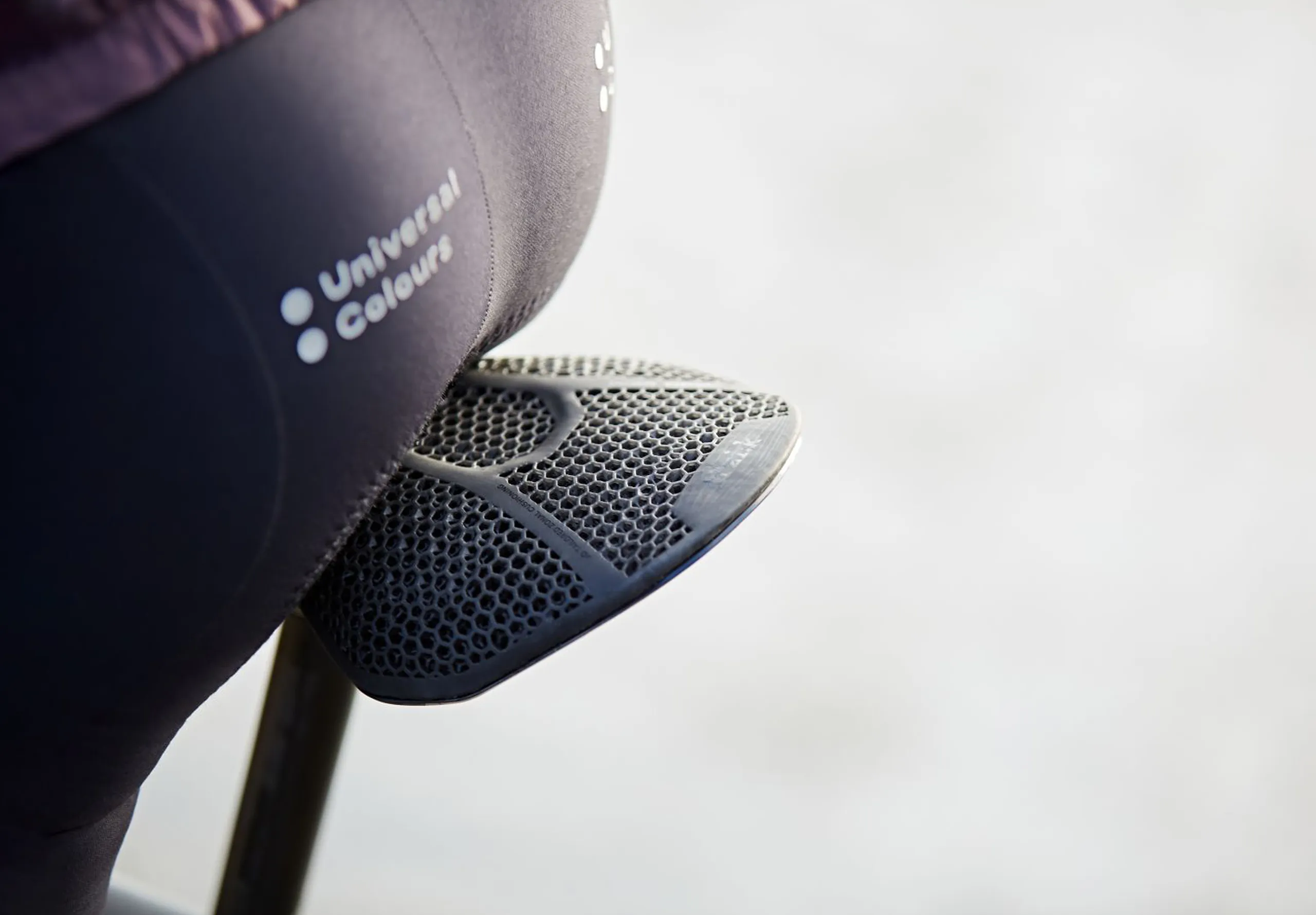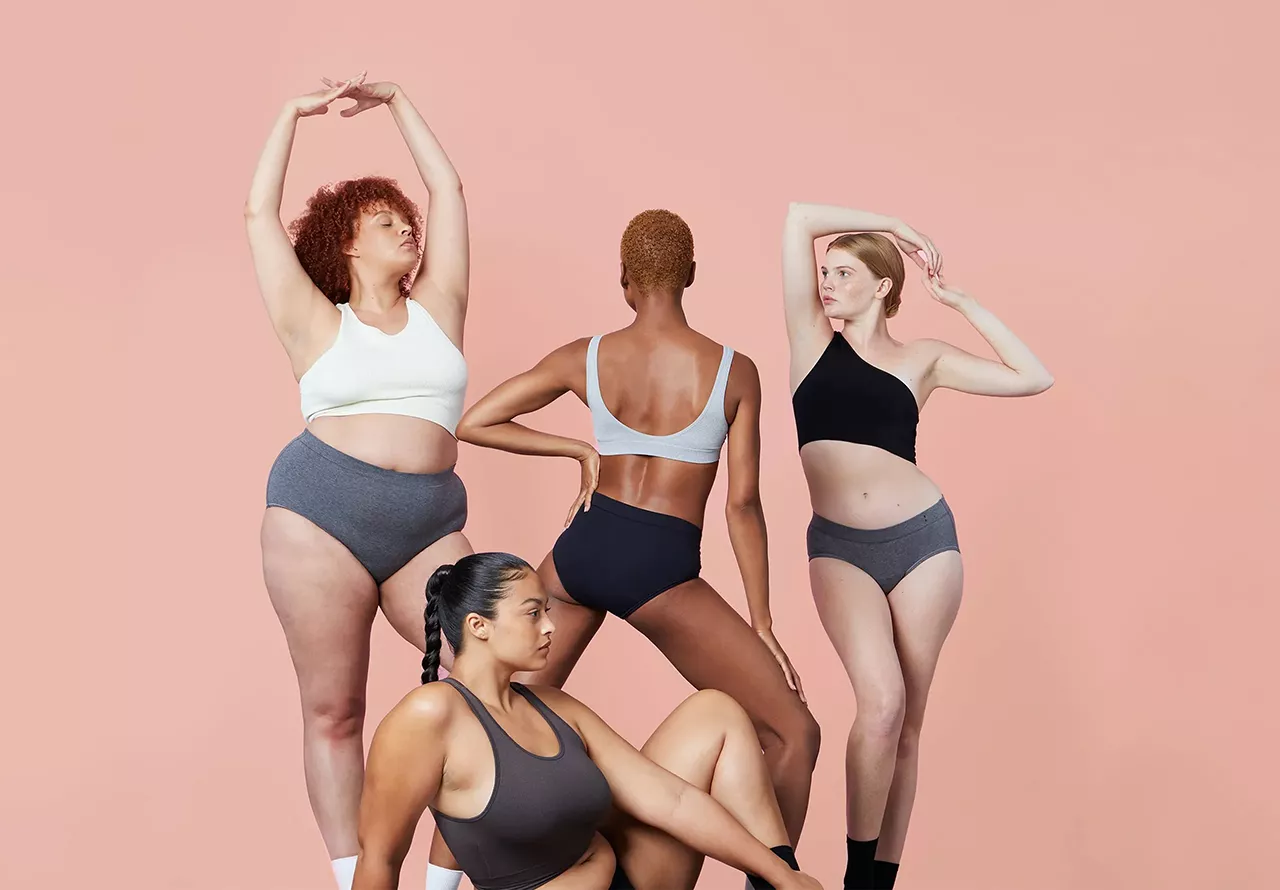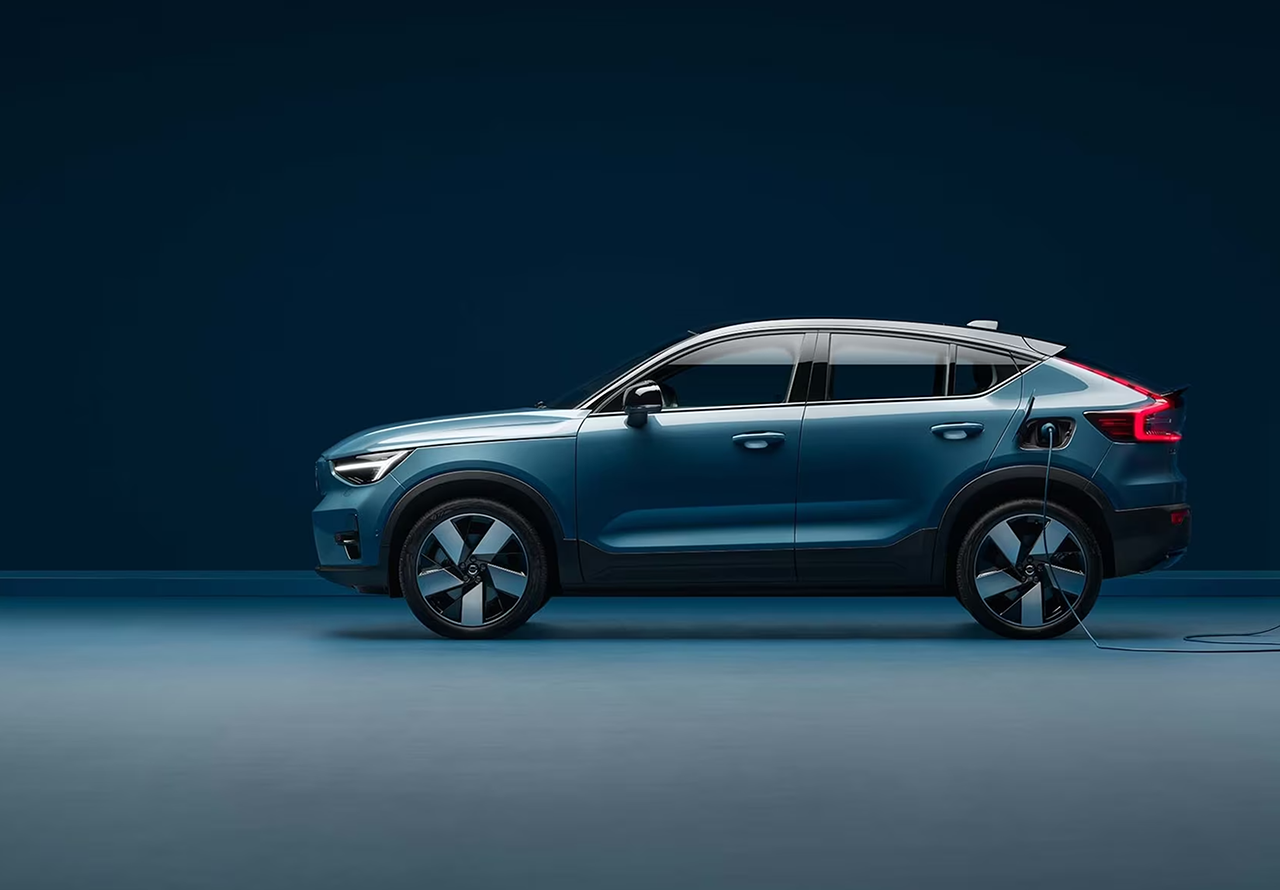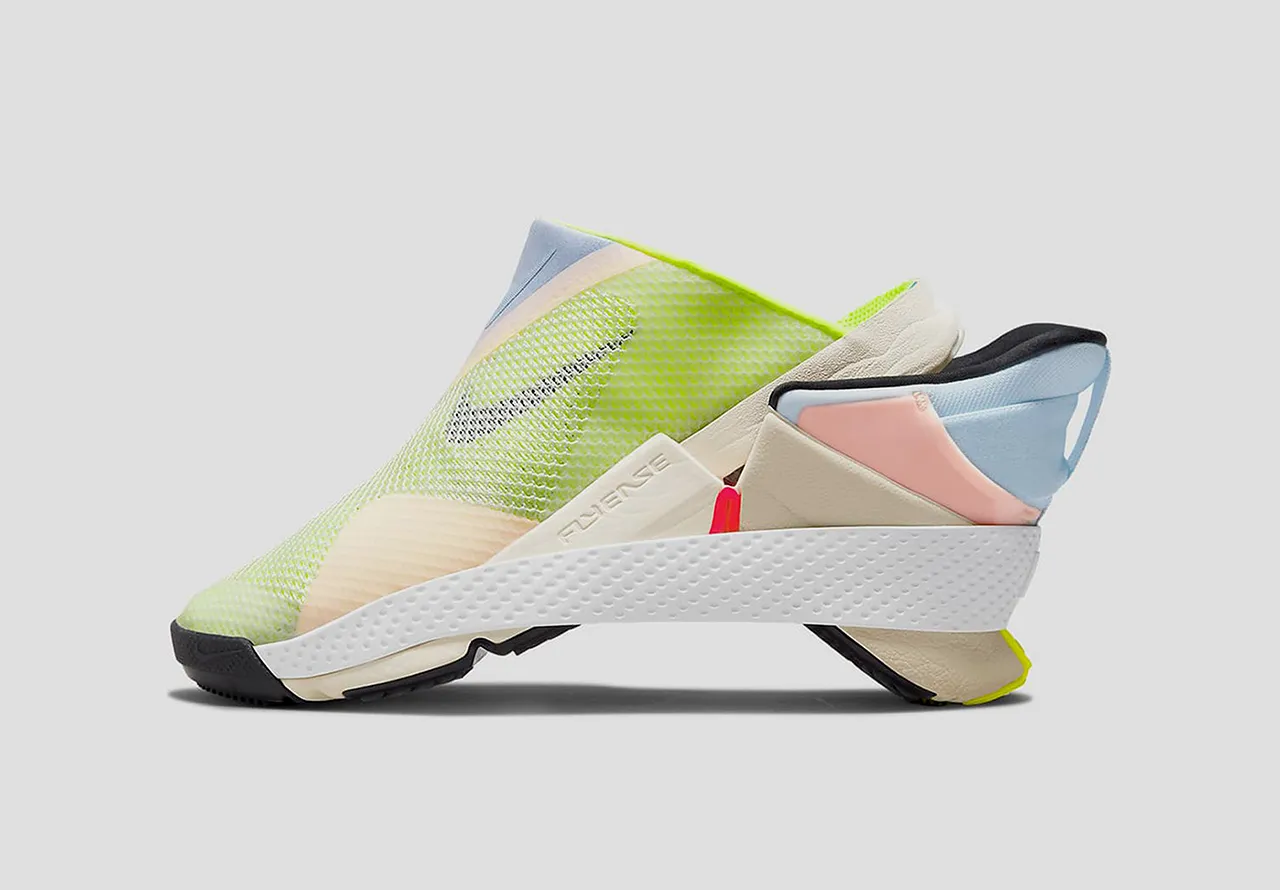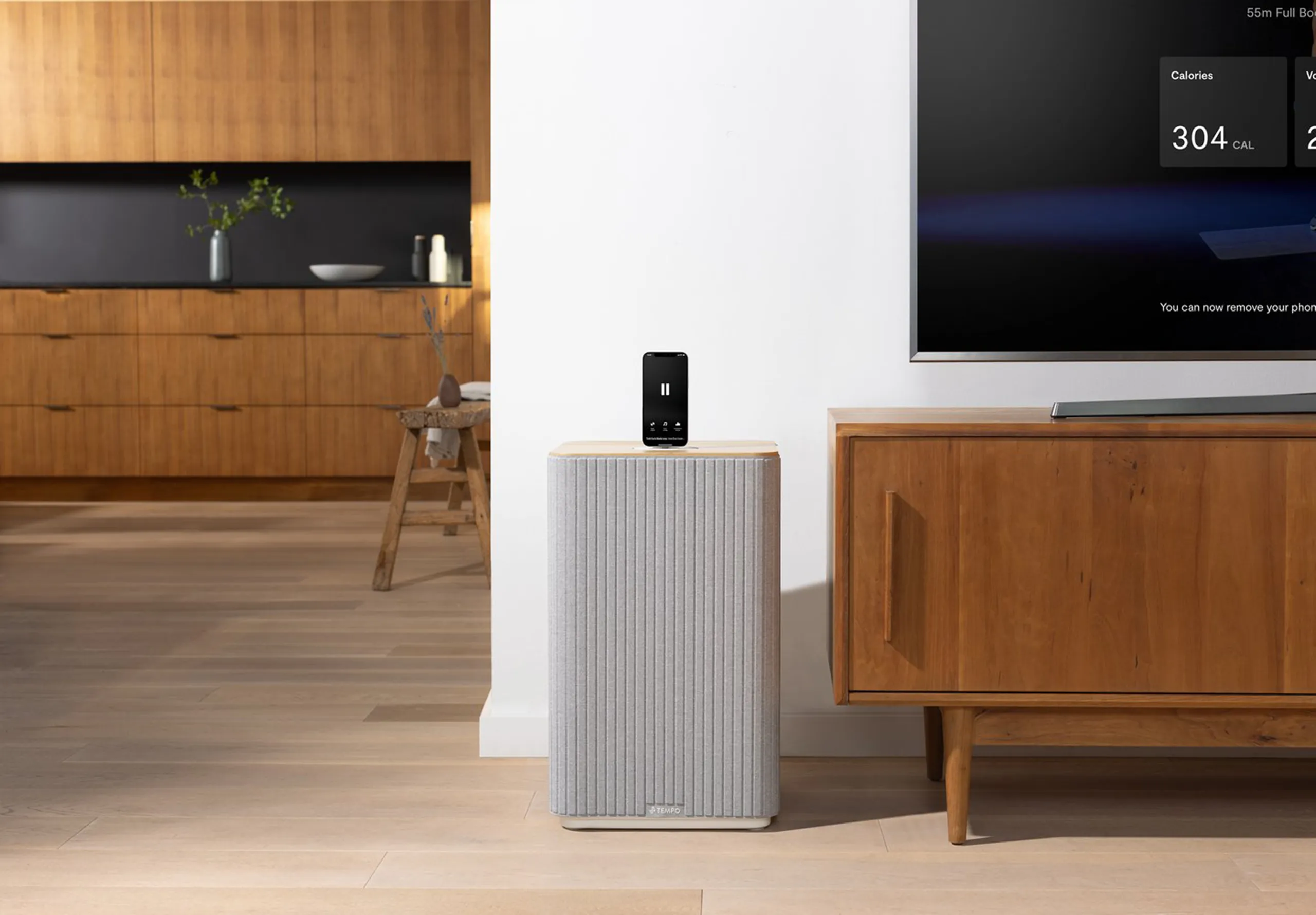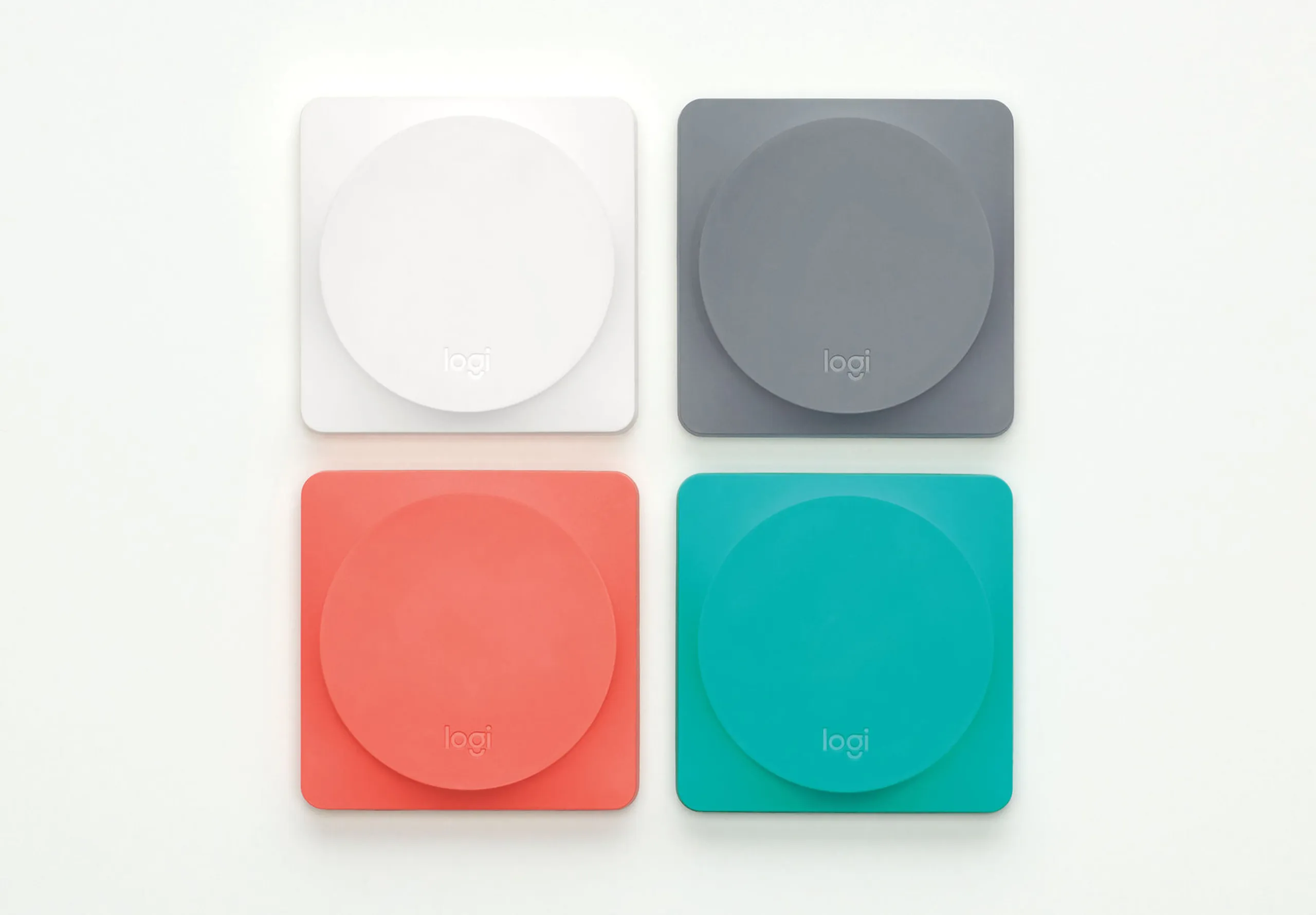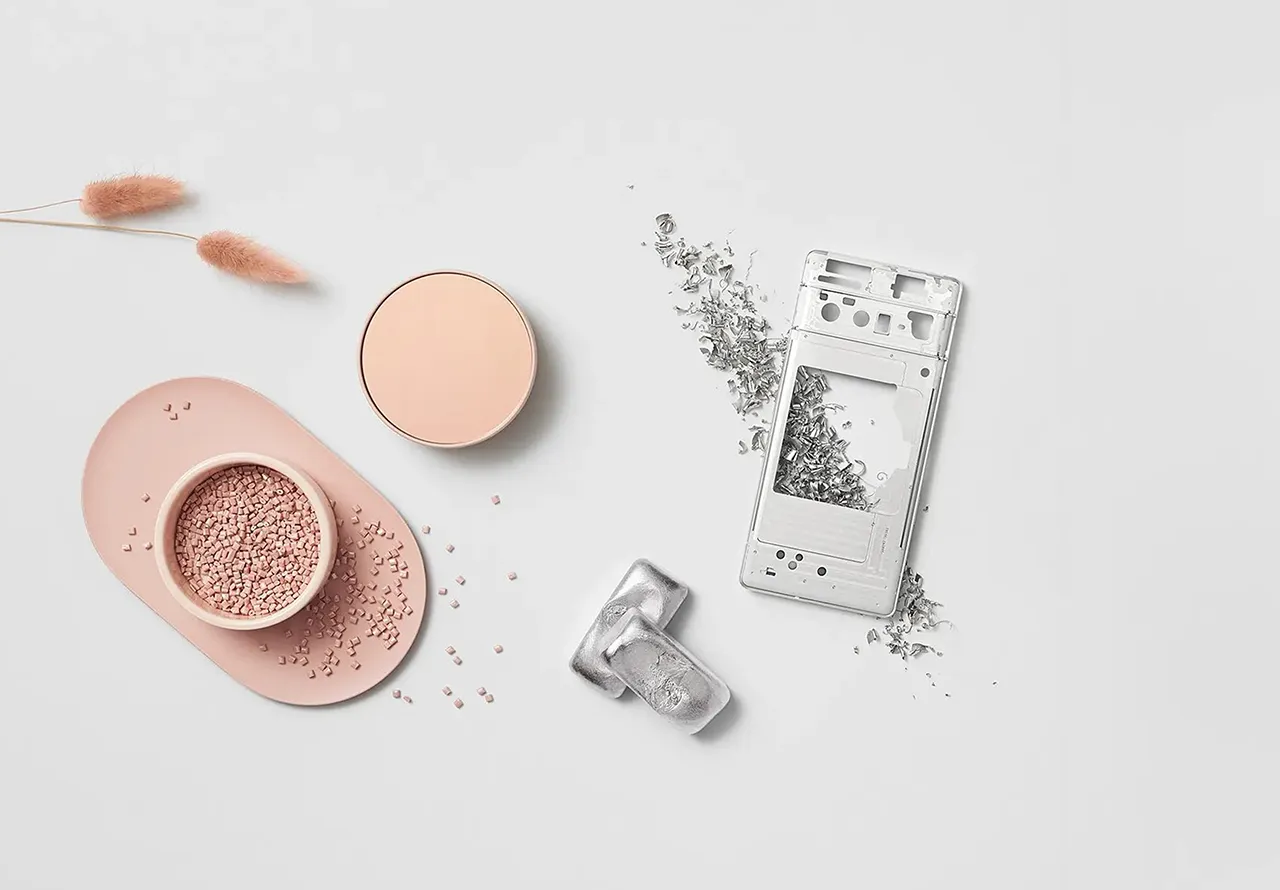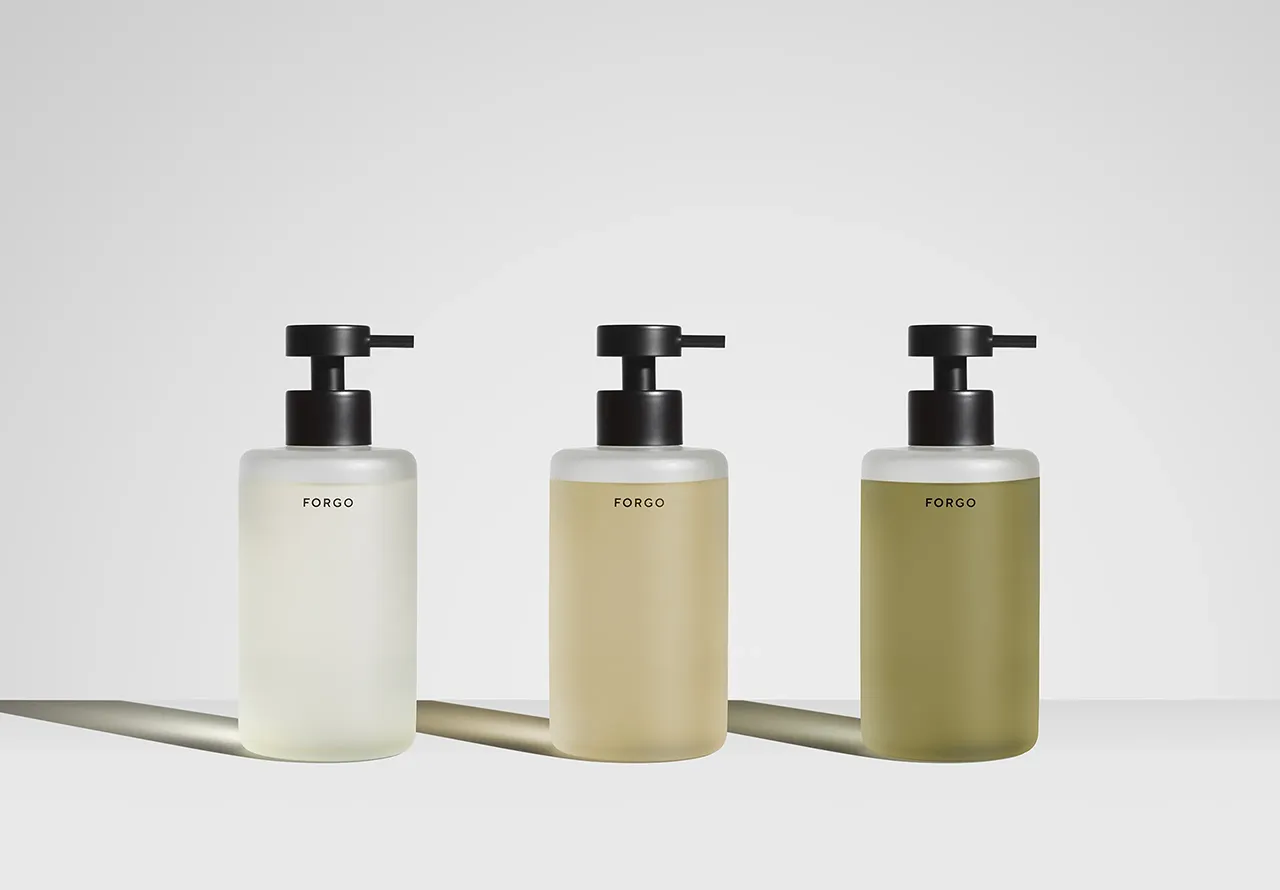From lifespan to legacy
In the pursuit for more sustainable, ethical products, our perspective of what makes an object truly ‘long-lasting’ has transcended beyond lifespan to encompass its origin, its upkeep, and its endgame.
In response, pioneering designers are ditching the old playbook to reimagine the look and feel of what lasts.
In this piece, we spotlight the vanguards of this movement and delve into the aesthetics of contemporary longevity.
Short on time? Use these links
A revolution in materiality
Emerging trends in materiality are redefining lasting design, from biodegradables that endure just as long as their intended purpose to ‘grown’ materials that tread lightly on our environment during their production.
Some designers, like London-based Brodie Neill, are even experimenting with ‘lost’ materials. In a recent project, the furniture designer masterfully repurposed over three kilometres of veneer from trees submerged decades ago in Tasmania’s Lake Pieman to craft his elegant ReCoil dining table.
Meanwhile, the rise of subscription and re-use models in the sustainability era has sparked a shift towards durable, recyclable aluminium containers. Wild’s deodorant cases, designed for life, reflect this shift: endlessly recyclable, they can be returned and repurposed through Wild’s TerraCycle initiative, serving as an antidote to the single use culture.
The joy of analogue
In consumer tech, the relentless pursuit for sleeker, slimmer and more water-resistant products has seen a surge in devices that are sealed shut, effectively rendering them “unrepairable.”
Now, with global “Right to Repair” initiatives gaining momentum, there’s a renewed appreciation for products that have a more robust and durable design – a sort of ‘retro’ aesthetic that harks back to a time when products were built to last and could be fixed with a trusty screwdriver.
This bulkier design doesn’t just promise longevity but also offers a nod to nostalgia. Already, ethically conscious tech brands like Teenage Engineering and Shiftphone are leading the charge, urging us to “embrace the bulk” with designs that borrow from the old but move us towards a new paradigm.
Simplicity and robustness
In a world of fleeting consumption, simplicity and robustness are becoming the new north stars of good design. Brands who recognise this favour superior craftsmanship, designing products that will become part of the user’s life and resonate more deeply with consumer values.
The Mars Table by designer Serhii Hotvianskyi is a masterclass in how minimalism can be harnessed to serve both form and function. Here is a piece that promises minimal waste and maximum longevity, capturing the essence of what future design should strive for.
Aarke echoes this ethos in the consumer appliance realm, pairing high-quality materials with a timeless aesthetic to craft distinctive but highly durable kitchen essentials. A slow, mindful product development process and rigorous testing results in products that will last for years.
Meanwhile, the mono material approach – as seen in products like Brabantia’s shower squeegee or Veark’s knives – simplifies recycling processes. With only one material to consider, recycling becomes more efficient and effective.
Endurance and emotional durability
Surely, the ultimate ‘holy grail’ of design is to craft items that can literally live forever (or, at least, for the lifetime of that object). We have previously lauded Vollebak and their ‘clothing of the future’ approach. Their ‘Indestructible’ range is a great example of how material science can be used to fashion fabrics that resiliently stand the test of time.
A poignant testament to quality is the growing appreciation of the “mend and make do” culture, where garments are celebrated, not in spite of, but because of their imperfections. Brands with rich histories like Anglepoise extend this ethos, offering lifelong warranties coupled with repair services, reaffirming the bond between user, product, and brand.
As slow fashion gains traction, custom clothing brands are becoming commonplace, offering ethical, sustainable and well made clothing to fit all body types. The made-to-order approach, adopted by the likes of Spoke and Son of a Tailor, offer more than fit—they forge an emotional connection, giving consumers pieces that are uniquely theirs to cherish and wear often.
Adaptability and versatility
Change is a fact of life, affecting everything from our wardrobe to our workspaces. However, when products aren’t designed to adapt with us, it leads to a wasteful cycle of use and discard. The antidote? Design that embraces adaptability at its core.
Profim’s office furniture beautifully encapsulates this idea. By crafting modular pieces that can be reconfigured endlessly, Profim offers distinctive furniture that embraces the fluidity of our environments and promises to remain relevant through shifts in trends and needs.
Meanwhile, Kenton Lee’s ‘The Shoe That Grows‘ is a poignant example of durable design with purpose. By adjusting the straps and hook and loop system, this shoe can expand up to five sizes, providing a long-lasting solution for children in poverty. Not only is it a sustainable choice, but The Shoe That Grows further helps to protect against soil-transmitted diseases, a critical issue where shoes are a luxury.
Longevity reimagined
Today, longevity isn’t just about a mere measure of time but a value proposition that balances consumer benefit with environmental stewardship. Increasingly, consumer product brands are trading the transient whims of fast consumerism for enduring relevance and personal connection. In turn, they are forging a legacy of lasting value.
Want to integrate these principles into your brand or product strategy?


